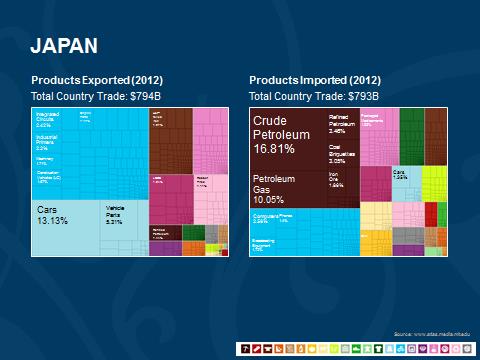Yesterday's largish market pullback has caused many to wonder whether more trouble lies ahead.
As always, let's start with some context: At the end of the day yesterday, the market was down about 3 percent from its all-time high, which is nothing to worry about.










